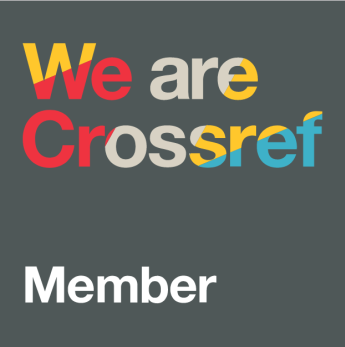Keefektifan strategi pengajaran membaca resiprokal dan strategi berpikir terarah dalam pembelajaran pemahaman bacaan
DOI:
https://doi.org/10.21831/lt.v8i1.10464Keywords:
reciprocal teaching strategy, DRTA strategy, reading comprehensionAbstract
Penelitian ini bertujuan untuk mengetahui (1) keefektifan strategi pengajaran membaca resiprokal dan strategi berpikir terarah dan (2) strategi yang paling efektif di antara strategi pengajaran membaca resiprokal, strategi berpikir terarah, dan strategi konvensional. Selain itu, penelitian ini juga bertujuan untuk mendeskripsikan (3) kendala yang dihadapi guru dalam menerapkan strategi pengajaran membaca resiprokal dan strategi berpikir terarah beserta solusi untuk mengatasi kendala. Penelitian ini merupakan metode penelitian kombinasi dengan model penelitian sequential explanatory design. Teknik pengambilan sampel menggunakan simple random sampling dan cluster random sampling. Teknik pengumpulan data yang digunakan adalah tes, wawancara, dan observasi. Teknik analisis data yang digunakan adalah uji analisis varians satu jalan yang dilanjutkan uji scheffe dengan taraf kesalahan 0,05. Penelitian kualitatif yang diterapkan adalah penelitian kualitatif deskriptif. Hasil penelitian menunjukkan sebagai berikut. (1) Strategi pengajaran membaca resiprokal lebih efektif daripada strategi konvensional; strategi berpikir terarah lebih efektif daripada strategi konvensional. (2) Strategi pengajaran membaca resiprokal paling efektif daripada strategi berpikir terarah dan strategi konvensional. (3) Kendala dalam penerapan strategi pengajaran membaca resiprokal antara lain beberapa siswa masih kesulitan dalam membuat prediksi, pertanyaan, mengklarifikasi, dan meringkas; kendala dalam penerapan strategi berpikir terarah antara lain beberapa siswa masih kesulitan dalam membuat prediksi, kesalahan teknis dalam membaca, dan membuktikan prediksi. Guru mengatasi kendala tersebut dengan memberikan motivasi, contoh, dan arahan kepada siswa.
The effectiveness of the reciprocal teaching and DRTA strategies in the learning of reading comprehension
Abstract: This study aimed to 1) find out the effectiveness of the reciprocal teaching and DRTA strategies, (2) find out which strategy was the most effective among the reciprocal teaching, DRTA, and conventional strategies. In addition, this study aimed to (3) describe the constraints that the teacher faces in the application of the reciprocal teaching and DRTA strategies and the solutions to the constraints. This was a mixed-methods study using the sequential explanatory design. The sample was selected by means of the simple random sampling technique and the cluster random sampling technique. The data were collected through tests, interviews, and observations. The data analysis technique was the one-way analysis of variance continued by the Scheffer test at a significance level of 0.05. The qualitative study was the descriptive qualitative study. The results of the study are as follows. (1) The reciprocal teaching strategy is more effective than the conventional strategy; the DRTA strategy is more effective than the conventional strategy. (2) The reciprocal teaching strategy is the most effective than the DRTA strategy and conventional strategy. (3) The constraints in the application of the reciprocal teaching strategy are, among others, that the students still find it difficult to make predictions about questions, clarification, and summary; constraints in the application of the DRTA strategy are, among others, that the students still find it difficult to make predictions, there are technical mistakes in reading, and they find it difficult to prove predictions. The teacher deals with the constraints by giving motivation, examples, and directions to the students.
Published
How to Cite
Issue
Section
Citation Check
License
LingTera allows readers to read, download, copy, distribute, print, search, or link to its articles' full texts and allows readers to use them for any other lawful purpose. The journal allows the author(s) to hold the copyright without restrictions. Finally, the journal allows the author(s) to retain publishing rights without restrictions.
- Authors are allowed to archive their submitted articles in an open-access repository.
- Authors are allowed to archive the final published article in an open-access repository with an acknowledgment of its initial publication in this journal.

Psychology, Evaluation, and Technology in Educational Research is licensed under a Creative Commons Attribution-ShareAlike 4.0 International License.
Based on a work at https://petier.org/index.php/PETIER.









